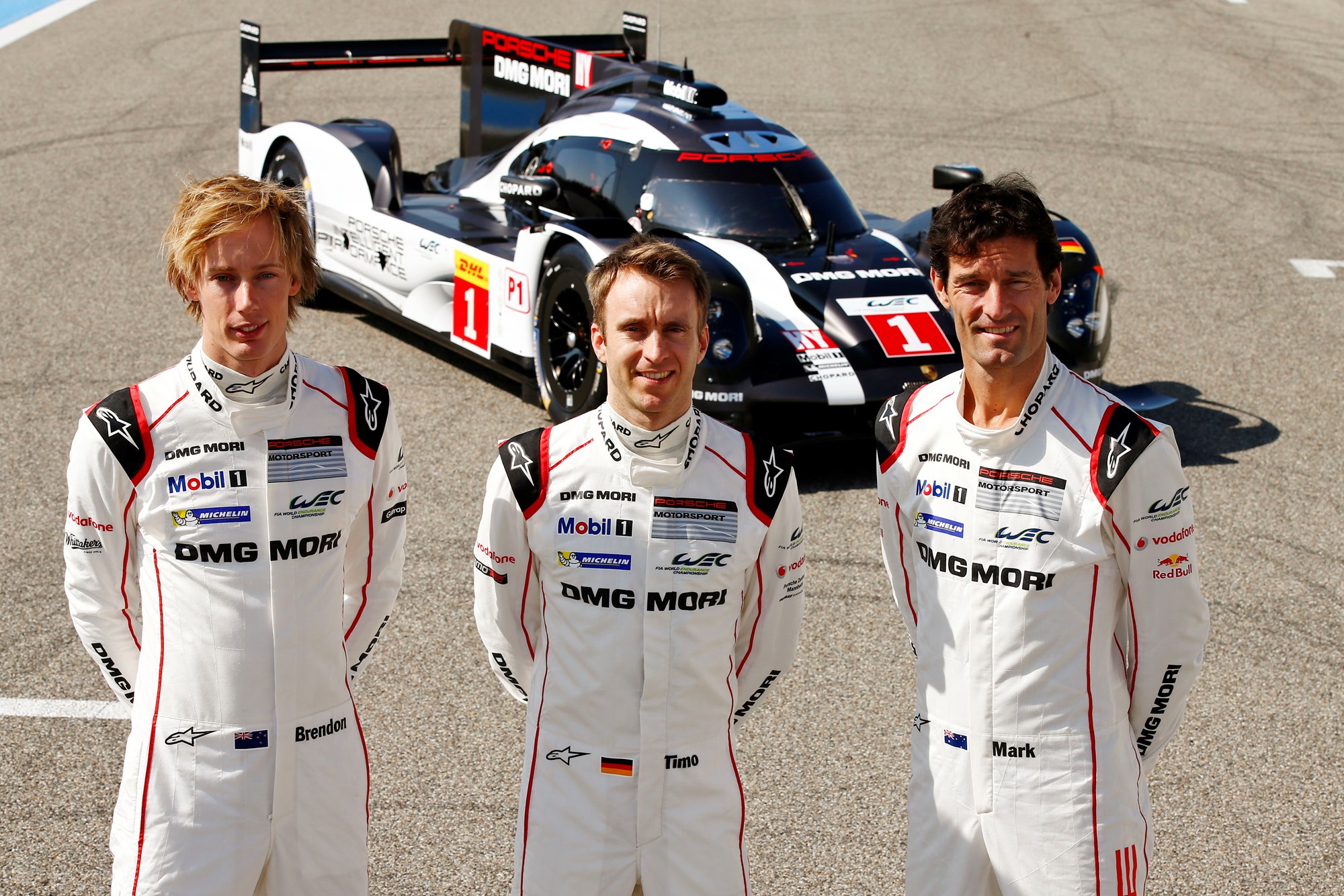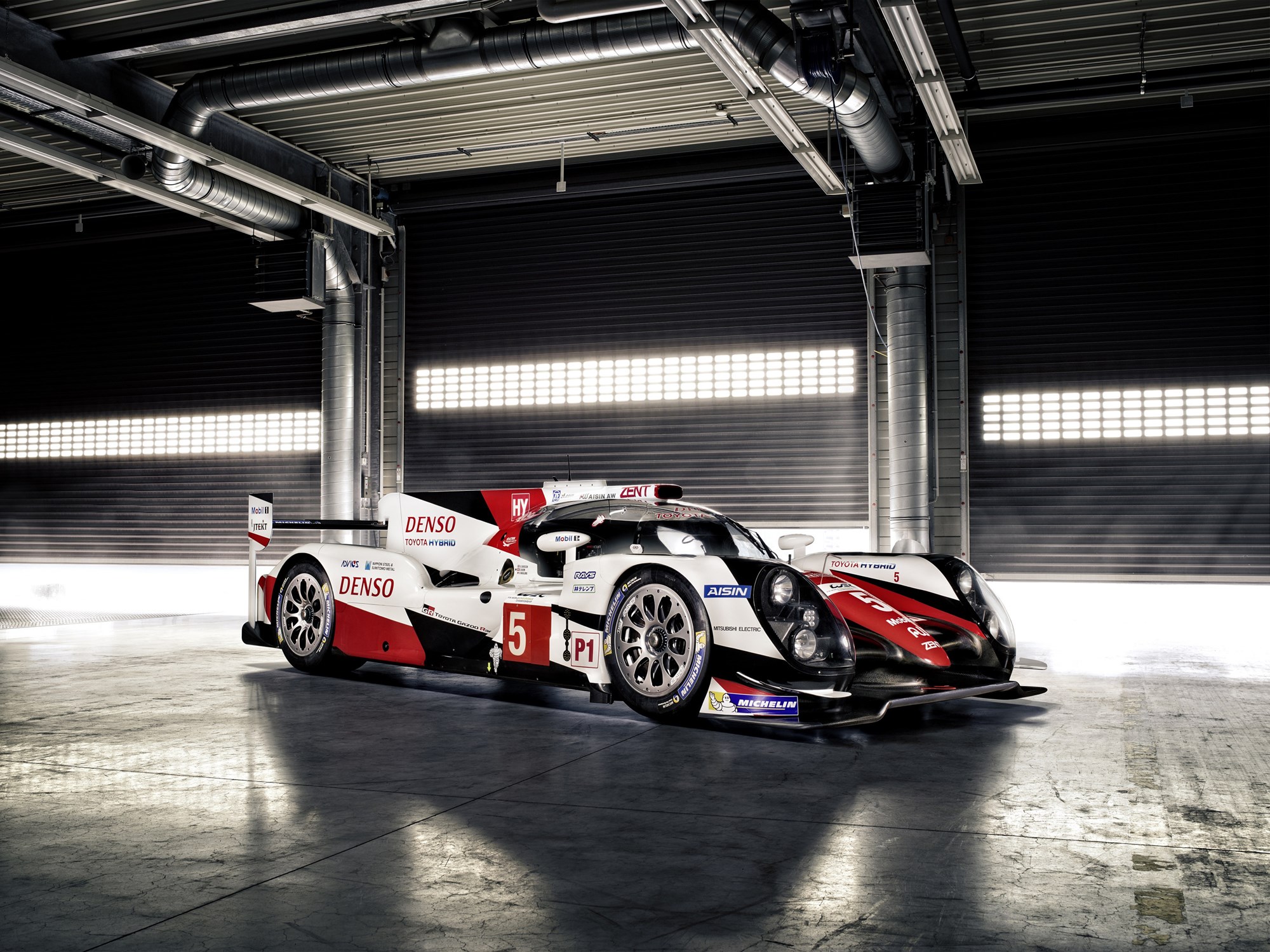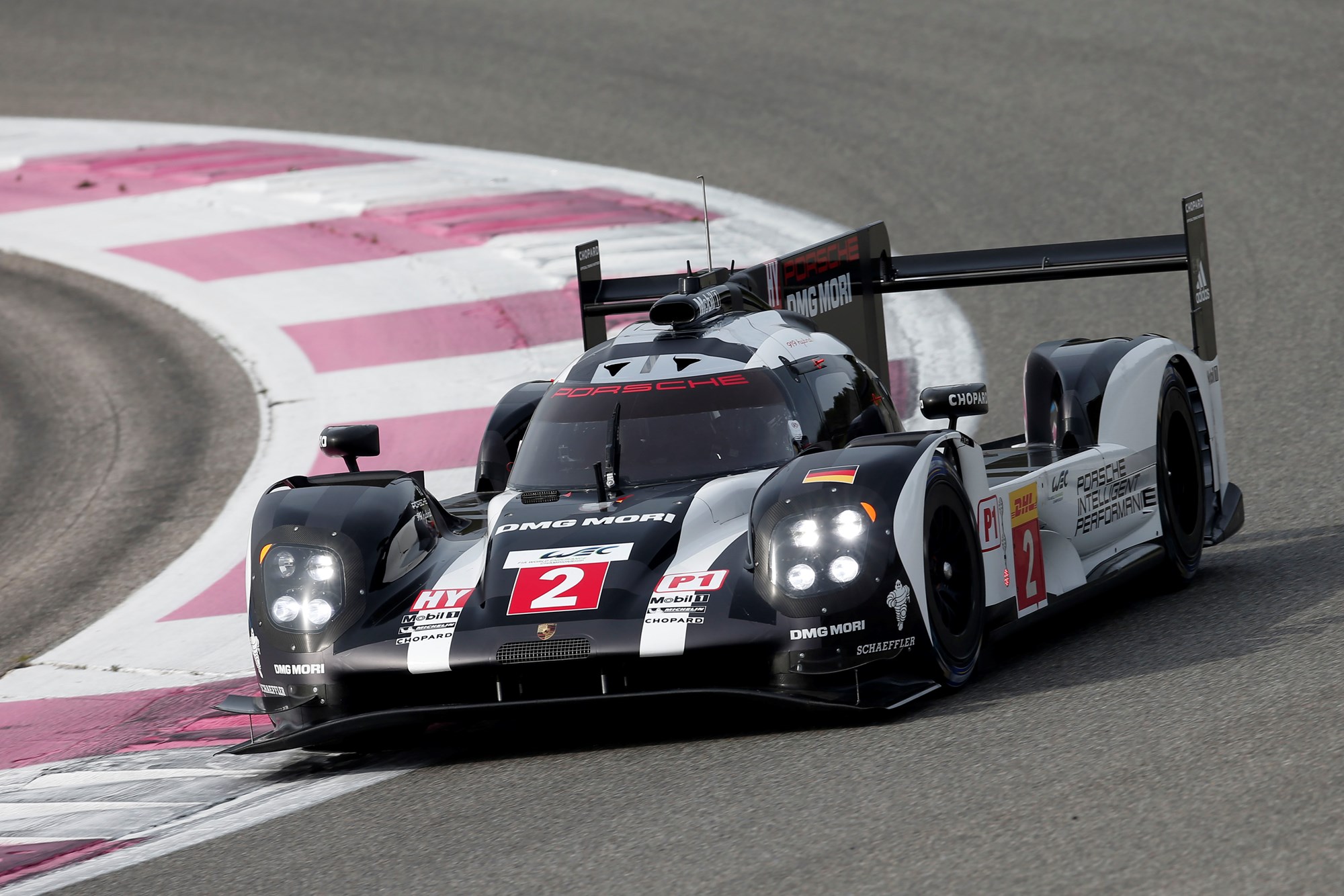TECH CONVERGES IN HYBRID CLASS AND CORVETTE THE FORM TEAM FOR GTE-PRO BATTLE, WRITES COLIN SMITH
The clock starts on 72 hours of the most diverse racing in top level international motorsport when the FIA World Endurance Championship begins on Sunday evening (NZ time).
The 6 Hours of Silverstone is the first of eight six-hour races that accompany the flagship 24 Hours of Le Mans on an expanded WEC calendar for 2016.
The series has gained a ninth round with the addition of Mexico City to the schedule.
There are 33 full-season entries for the 6 Hour races and it provides the core of a 60-strong Le Mans entry in June. A quick breakdown sees six factory and three privateer cars in the LMP1 category, 11 cars entered in LMP2, plus 13 GTE cars — further split into seven Pro class and six Am class crews.
As the LMP1 Hybrid teams have revealed details of their 2016 contenders it’s become evident there has been a degree of technology convergence.

The defending World Endurance Championship-winning Porsche Team of Brendon Hartley, Timo Bernhard and Mark Webber. Pictures / Supplied
All-new prototypes from Audi and Toyota have adopted similar lithium-ion battery energy storage to that used by the Porsche 919. Previously Audi had used a flywheel system and Toyota had used supercapacitors.
The LMP1 Hybrid class uses a complex formula that trades the amount of fuel available per lap against the capacity to deploy electrical power. Porsche and Toyota remain in the highest 8-megajoule category, while Audi moves up from 4MJ to 6MJ.
Audi remains committed to its TDI diesel engine technology with its single turbo 4.0-litre V6.
 2016 Toyota TS050 Hybrid
2016 Toyota TS050 Hybrid
Toyota has dropped its naturally aspirated V8 engine and developed a new 2.4-litre V6 direct injection turbo unit. The Toyota has two energy regeneration systems, harvesting braking energy from the front and rear axles to boost the internal combustion engine.
For 2016, the defending champion Porsche 919 Hybrid has been heavily refined. The car retains its compact 2.0-litre V4 turbo engine, lithium-ion battery pack and 800-volt electrical system that is being proven ahead of deployment in Porsche’s Mission-E electric car. The Porsche harvests braking energy from front axle and has a second system recovering energy from the exhaust system.
It’s now accepted that the official claims of 1000-horsepower outputs made by the manufacturers are conservative and the reality is considerably higher.
The full-season driver squads are unchanged for the German marques. But there is an agreement between Porsche and Audi to not run third cars at Le Mans.
That leaves the 2015 Le Mans “third car” crew of Nico Hulkenberg (Germany), Nick Tandy (GB) and Kiwi Earl Bamber unable to defend their crown. The scheduling of Formula 1’s European Grand Prix in Azerbaijan the same weekend took Hulkenberg out, while Bamber and Tandy will be on Le Mans duty in Porsche’s GTE-Pro squad.
Porsche has the world champion trio of Kiwi Brendon Hartley teamed with Mark Webber (Australia) and Timo Bernhard (Germany) while Romain Dumas (France), Marc Lieb (Germany) and Neel Jani (Switzerland) crew the second 919 Hybrid.

The Audi squads are unchanged — Marcel Fassler (Switzerland), Benoit Treluyer (France) and Andre Lotterer (Germany) in car 7; with Lucas di Grassi (Brazil), Oliver Jarvis (GB) and Loic Duval (Fr) in car 8. Toyota has the unchanged trio of Anthony Davidson (GB), Sebastien Buemi (Switzerland) and Kazuki Nakajima (Japan) in the number 5 car while Stephane Sarrazin (France) and Mike Conway (GB) have a new team-mate in Kamui Kobayashi (Japan), replacing the retired Alex Wurz.
In the second prototype category (LMP2) where teams must use a Pro-Am driver squad there are 11 full-season entries. The variety comes from the line-up of Ligier, BR, Gibson, Oreca and Alpine chassis but all cars are powered by a Nissan V8 engine.
In 2016 it’s likely the GTE-Pro category could capture as much of the interest as the hybrid prototypes. The reason is the arrival of the new Ford GT with a two-car full season FIA WEC entry up against Ferrari, Aston Martin and Porsche opposition. At Le Mans the GTE-Pro focus is further sharpened. At the French classic Ford will run four cars with its two-car North American team joining the UK-based WEC duo. Porsche brings its North American squad — including Earl Bamber — to Le Mans and Corvette Racing makes the trip across the Atlantic to defend its Le Mans title.
Kiwi interest in the GTE-Pro category is provided by Tauranga’s Richie Stanaway.
The young GP2 and GP3 series race winner has been an Aston Martin Racing driver since 2013 and set the Le Mans pole position and fastest race lap in 2015. He’s teamed with Brazilian Fernando Rees and British racer Jonny Adam in the number 97 Aston Martin Vantage V8.
There are plenty of variables to consider in the GTE-Pro battle apart from the new Ford GT.
Aston Martin sticks with a development of the V8 Vantage with new aero concept but makes a switch to Dunlop tyres to spark a tyre war with Michelin. The new turbocharged Ferrari 488 is much more than a development of the previous naturally aspirated 458 Italia.
But Corvette Racing is the form team. It won Le Mans last year and already this year has claimed the big GT honours with Daytona 24 Hours and Sebring 12 hours victories.
2016 FIA World Endurance Championship:
17 April — 6 Hours of Silverstone (GB)
7 May — 6 Hours of Spa-Francorchamps (Belgium)
18-19 June — 24 Hours of Le Mans (France)
24 July — 6 Hours of Nurburgring (Germany)
3 September — 6 Hours of Mexico (Mexico)
17 September — 6 Hours of Circuit of the Americas (USA)
16 October — 6 Hours of Fuji (Japan)
6 November — 6 Hours of Shanghai (China)
19 November — 6 Hours of Bahrain (Bahrain)

